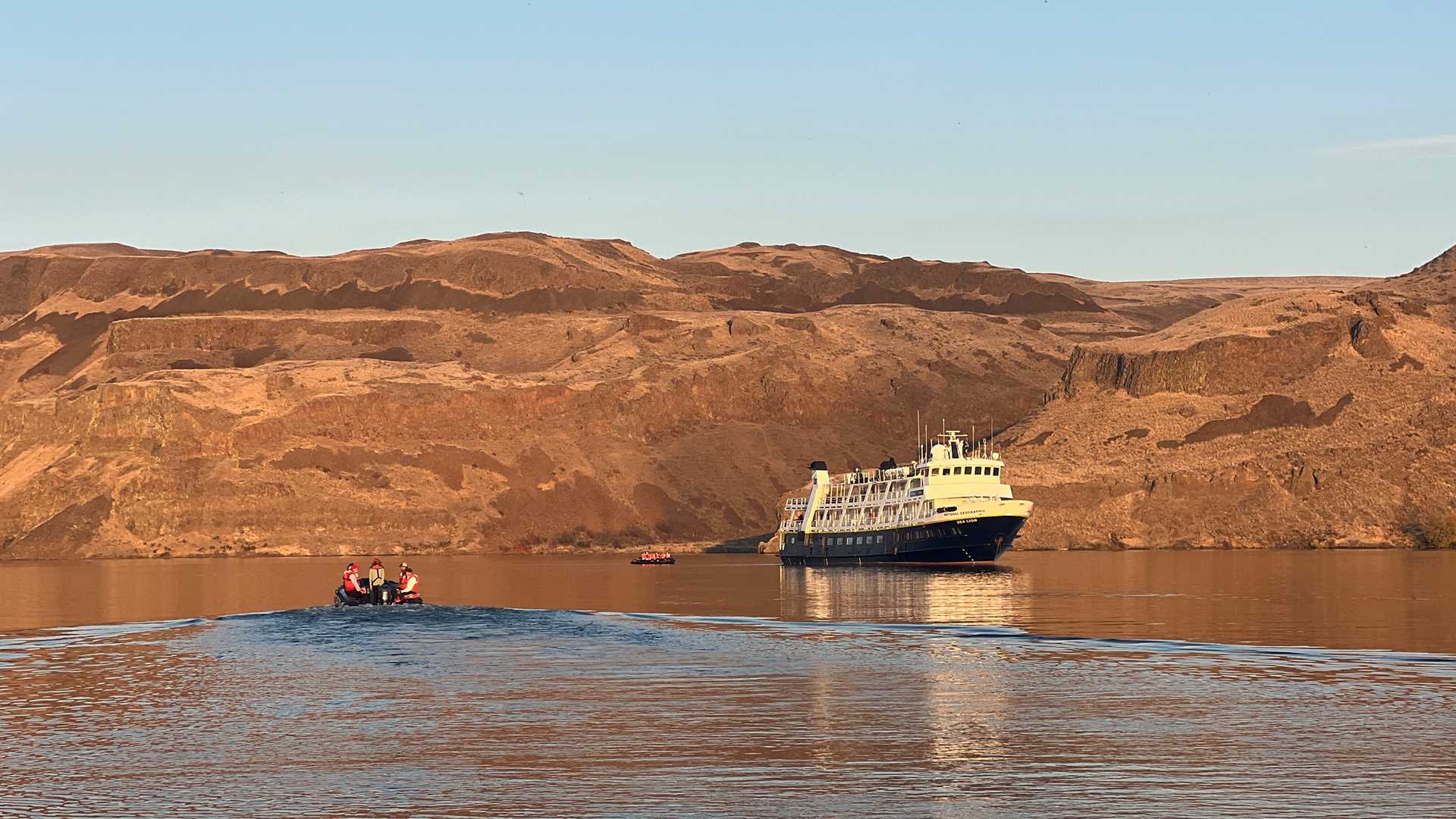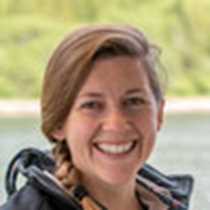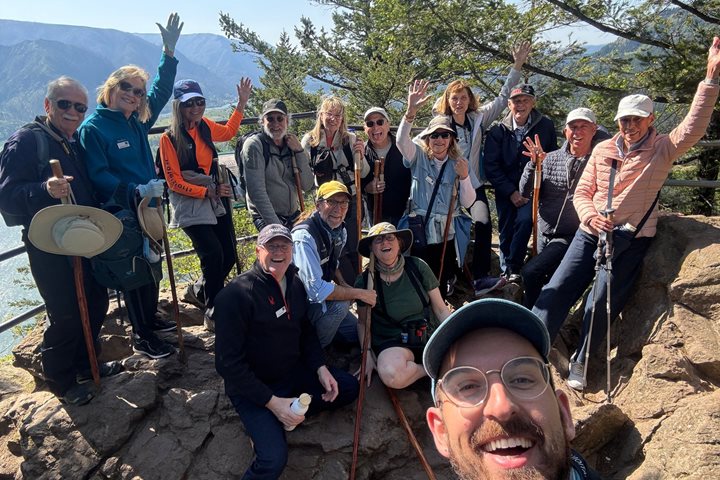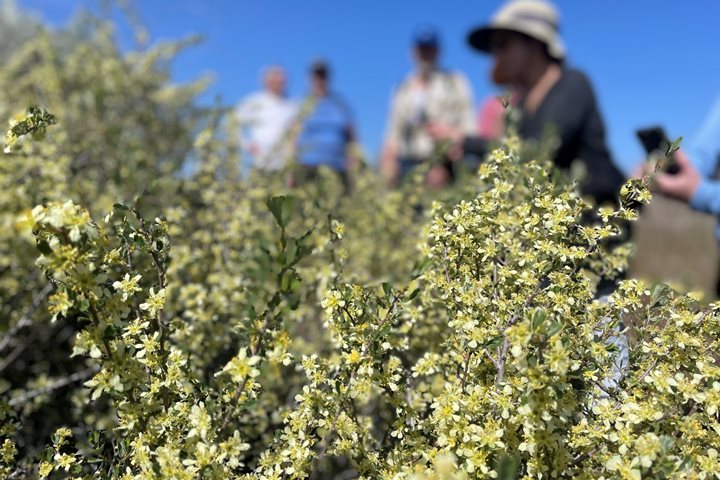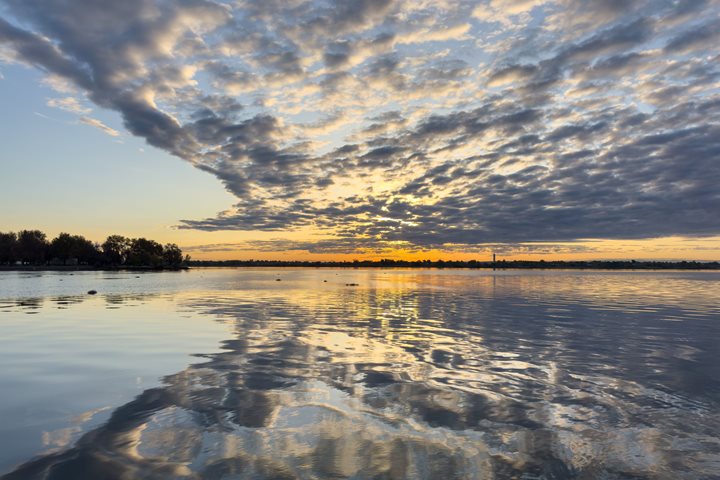Palouse River and Falls are evidence of the immense volcanic, geologic, and glacial history of Washington and the grander Columbia River basin. We spent the day visiting Palouse State Falls and then Zodiac cruising through miles of the Palouse River, a tributary to the Snake. We could see the evidence and learned of the catastrophic floods from the latest ice age (over 10,000 years ago) that carved through the basaltic bedrock. Following the paths of least resistance, these floodwaters carved through rock, leaving behind canyons, coulees, and mesas, along with a wonderful river habitat perfect for wildlife. We spent the sunny day exploring and set sail to our next destination just as the sun began to set.
4/24/2025
Read
National Geographic Sea Bird
Hood River
Unseasonably warm and dry weather continued to grace us as we proceeded with our expedition down the Columbia River. The morning was crisp as we disembarked in Hood River, Oregon, but quickly warmed up as we boarded our coaches. Our explorations began at Multnomah Falls, the number one tourist attraction in the state of Oregon. After we experienced this astounding cascade, some of our guests proceeded to Beacon Rock for a scenic climb up this 800-foot tall, aged lava plug. Others went to the Bonneville Fish Hatchery where we visited a local icon, Herman the sturgeon. Then both groups of explorers met at the Columbia Gorge Interpretative Center for Syncline wines and an overflowing helping of intriguing local history. As the superb weather continued, we voyaged back to National Geographic Sea Bird for a lovely afternoon of classic cruising down the Columbia River. Guests enjoyed the sun on deck or an engaging presentation on how climate change is affecting migratory birds. Complimentary water-level views of Multnomah Falls followed, and our last transit through a lock of this trip – a lovely passage through the Bonneville Lock and Dam. Photos by Doug Crispin and Alex Rubenstein

